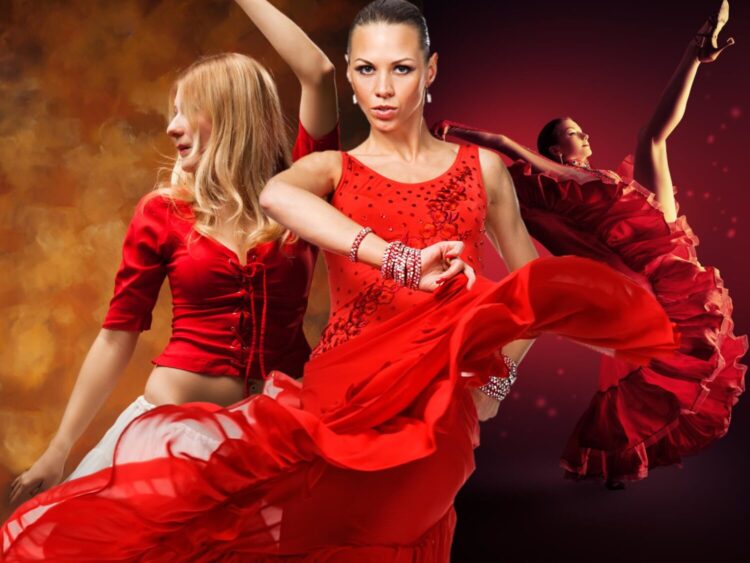Taking your first Latin dance class can be an exhilarating experience. The music, the rhythm, and the energy can be contagious. However, stepping into a dance studio for the first time might also be a bit intimidating. Fear not!
This guide will help you prepare for your first Latin dance class and make the experience enjoyable and stress-free.
Table of Contents
Choosing the Right Attire
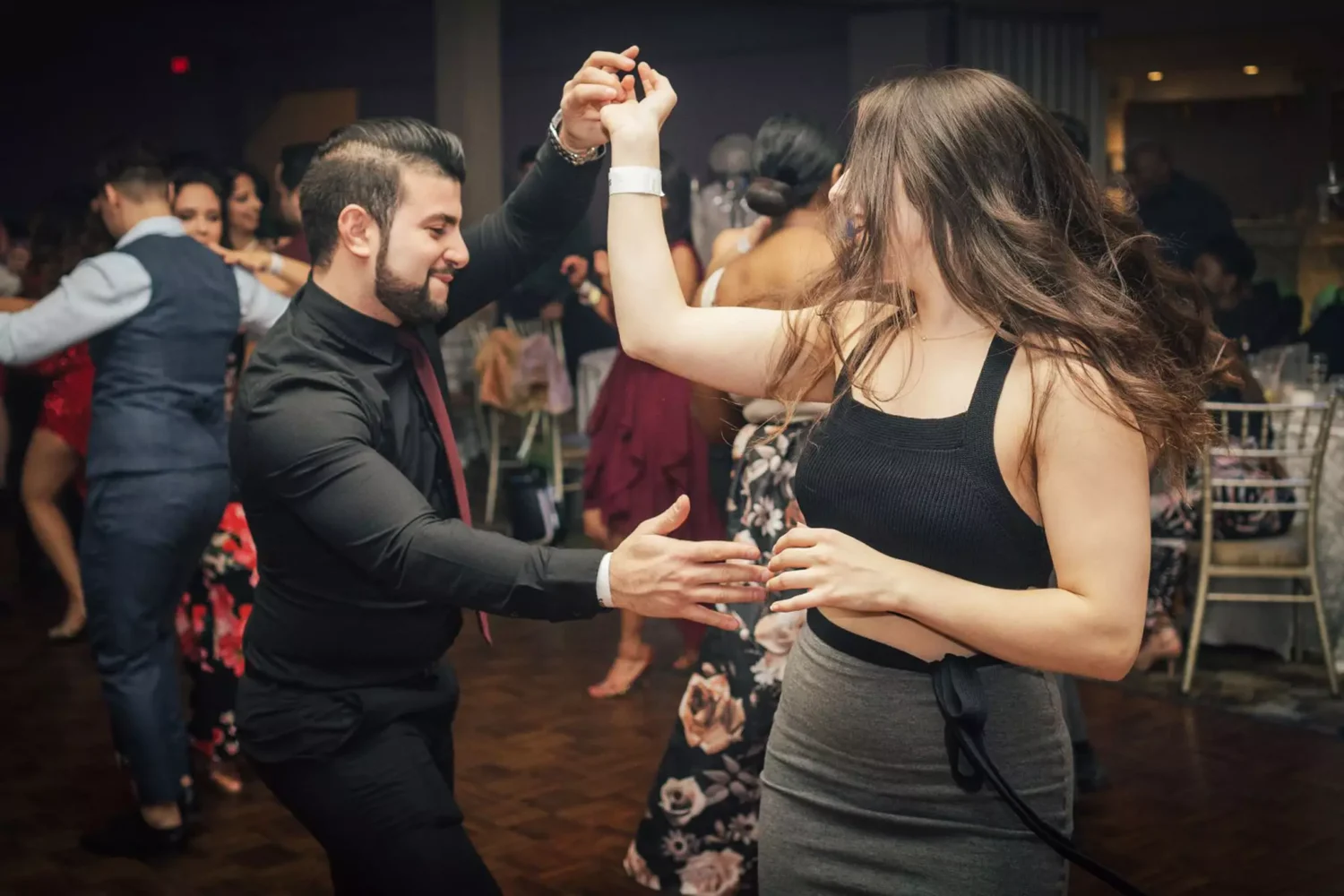
Source: cbsnews.com
What you wear to your first Latin dance class can impact your comfort and performance. Here are some tips on what to wear:
Dance Shoes
If you’re serious about dancing, investing in a pair of latin ballroom dance shoes can make a big difference. They provide the right amount of grip and slide for the dance floor. Dance shoes are designed to offer support and flexibility, helping you perform better. They also help protect your feet from strain and injury, making them a worthwhile investment for regular dancers.
If you don’t have dance shoes, choose a pair of comfortable shoes with smooth soles. Avoid rubber soles as they can stick to the floor and hinder your movement. Smooth-soled shoes allow you to glide across the floor more effortlessly, which is crucial for Latin dance moves. Make sure the shoes fit well and offer enough support to keep your feet comfortable during the class.
Clothing
Wear something comfortable that allows you to move freely. Stretchy fabrics are ideal. Avoid tight or restrictive clothing that could limit your range of motion. Loose-fitting clothes can also be a good choice as long as they don’t get in the way of your movements. The goal is to feel relaxed and able to perform various dance moves without any hindrance.
Breathability
Dancing can be a workout, so choose breathable fabrics that keep you cool. Fabrics like cotton, spandex, or moisture-wicking materials are excellent choices. These materials help manage sweat and maintain your comfort level throughout the class. Staying cool and dry will let you focus more on dancing and less on feeling overheated or uncomfortable.
Style
While functionality is key, don’t be afraid to wear something that makes you feel good and confident. Your attire can reflect your personality and add to the fun of the class. Bright colors or patterns can enhance the lively spirit of Latin dance. Feeling good about your appearance can boost your confidence and make you enjoy the class even more.
What to Bring

Source: blogto.com
Preparing a small dance bag can ensure you have everything you need for your first class.
Water Bottle
Stay hydrated. Dancing is physical, and you’ll need water to keep your energy up. Dehydration can affect your performance and make you feel tired quickly. Bringing a water bottle ensures you have easy access to water whenever you need it. Regular sips during breaks can help maintain your energy and focus.
Towel
A small towel can help you wipe off sweat and stay fresh. Dancing can be intense, and you’re likely to sweat a lot, especially during vigorous routines. Having a towel handy lets you quickly dry off and stay comfortable. It also helps prevent sweat from affecting your grip or getting into your eyes.
Notebook and Pen
You might want to jot down notes or steps after the class. Recording what you learn can help reinforce the steps and techniques you’ve practiced. It’s also useful for tracking your progress and noting areas where you need improvement. A notebook can be a valuable tool for keeping your dance journey organized.
Positive Attitude!
This might be the most important item! Come with an open mind and readiness to have fun. A positive attitude helps you overcome any initial nervousness and enjoy the learning process. Embrace the challenges and celebrate your progress, no matter how small. Dancing is about expressing joy and having fun, so keep a smile on your face and enjoy the experience.
How to Prepare Your Body
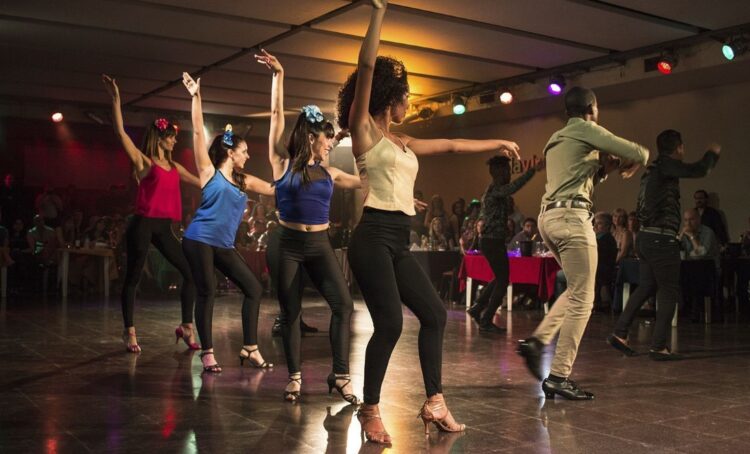
Source: erasmusvalenciavip.com
Dance can be physically demanding, so it’s essential to prepare your body for the activity.
Warm-Up
Spend a few minutes stretching your muscles before class. Focus on your legs, hips, and arms. Stretching helps improve your flexibility and reduces the risk of injury. It prepares your muscles for the movements you’ll be performing and enhances your overall performance. Regular stretching can also help you become more limber and agile over time.
Light Cardio
A short walk or jog can get your blood flowing and prepare your body for dancing. Light cardio warms up your muscles and increases your heart rate, making it easier to transition into more vigorous activity. It helps improve your stamina and ensures you’re ready to dance without feeling fatigued too quickly. Incorporating light cardio into your routine can enhance your endurance and overall fitness.
Core Strength
A strong core helps with balance and movement control. Incorporate core exercises into your routine. Exercises like planks, sit-ups, and leg raises can strengthen your core muscles. A strong core supports better posture and stability, which are essential for executing dance moves correctly. It also helps prevent injuries by providing a solid foundation for your movements.
Flexibility
Flexibility aids in fluid movements. Yoga or simple stretching routines can improve your flexibility over time. Flexible muscles and joints allow you to move more freely and perform dance steps with ease. Regular stretching can also help reduce muscle soreness and improve your overall range of motion. Incorporating flexibility exercises into your fitness routine can enhance your dancing ability and prevent injuries.
Learn the Basics
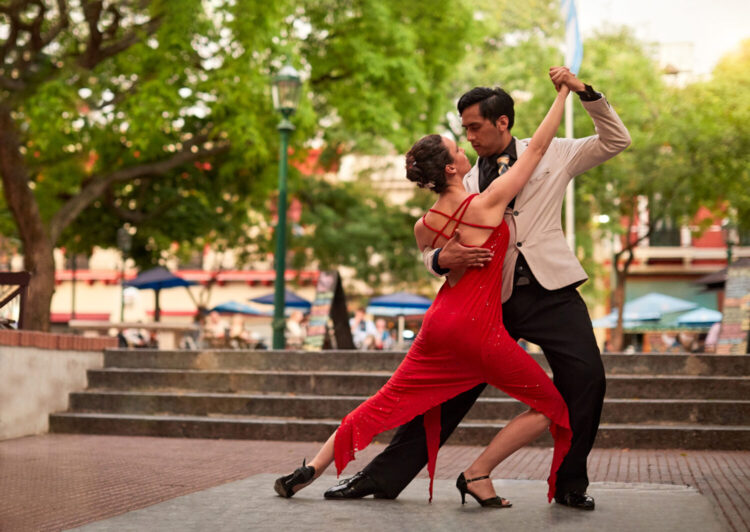
Source: salsavida.com
Understanding some basic steps and movements before your first class can give you a head start.
Salsa Basic Step
Step forward with your left foot, then shift weight to your right foot, and bring your left foot back. Reverse the process starting with your right foot. This basic step is the foundation of Salsa dancing and is easy to learn with practice.
Start slow and gradually increase your speed as you become more comfortable with the movements. Practicing the basic step regularly can help you build confidence and improve your overall technique.
Bachata Basic Step
Step to the side with your left foot, bring your right foot to meet it, then step to the side again with your left foot, and tap with your right foot. Repeat on the other side. The Bachata basic step is simple and rhythmic, making it a great starting point for beginners. Focus on the rhythm and try to move smoothly from one step to the next. Practicing the Bachata step can help you develop a sense of timing and coordination.
Lead and Follow
In partner dances, one person leads (usually the male) and the other follows. Understanding this dynamic can help in executing movements smoothly. The lead initiates the movements and sets the direction, while the follower responds and complements the lead’s actions.
Effective communication and trust between partners are essential for a successful dance. Practicing both leading and following can improve your versatility and adaptability in partner dancing.
Frame
This refers to the position and tone of your upper body. A good frame helps maintain a connection with your partner and execute turns and spins. Maintaining a strong and stable frame ensures that your movements are controlled and precise.
It also helps convey signals clearly to your partner, making the dance more fluid and enjoyable. Practicing good frame technique can enhance your overall dance performance and partner connection.
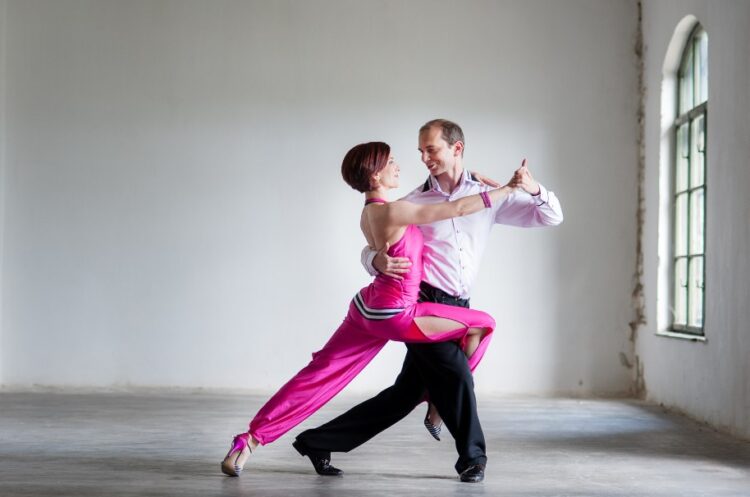
Source: lovetoknow.com
The Bottom Line
Preparing for your first Latin dance class involves a mix of understanding the dance style, choosing the right attire, bringing essential items, preparing your body, learning basic steps, and having the right mindset. The goal is to enjoy the experience and embrace the joy of dancing.

